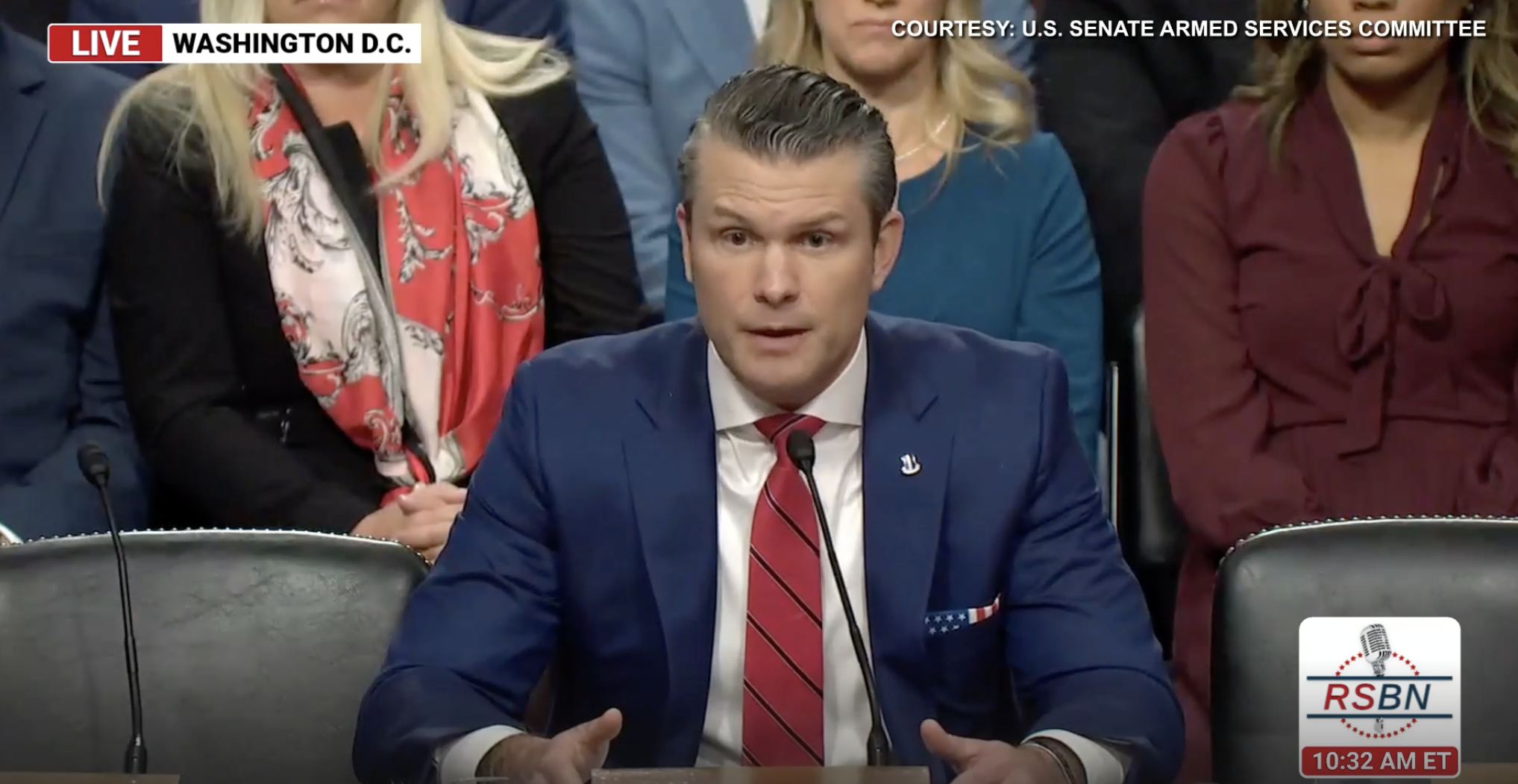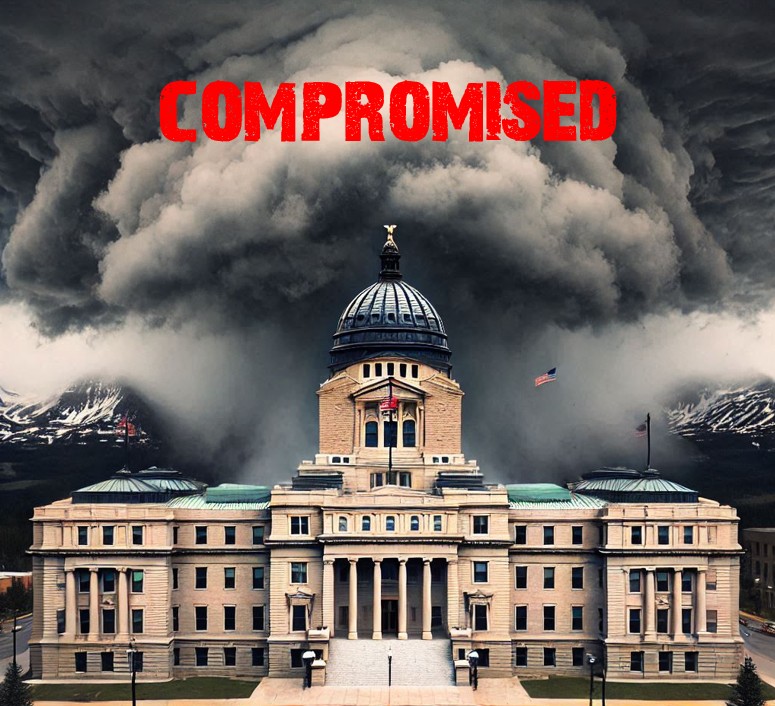
Image by Michael Barera
Please Follow us on Gab, Minds, Telegram, Rumble, Gab TV, GETTR
Guest post by Doug Goodman, USAFA ‘72, Scott Sturman M.D., USAFA ’72
“Duty, Honor, Country. Those three hallowed words reverently dictate what you ought to be, what you can be, what you will be.” - Douglas MacArthur
When Americans are asked to categorize the most respected professions, the responses are based on the perception of trust, integrity, and honesty endemic to each occupation. The public equates these three ideals as the best measure of ethical behavior. A Gallup poll released in 2019 found nurses number one for the nineteenth consecutive year with military officers rated at number two.
In the aftermath of the 1972 USAFA cheating scandal Superintendent Lt. General Albert Clark acknowledged the historical precedent for military codes of conduct when he cited a document from the 500 BCE Persian Officer Training School, “Here we teach men how to use the sword and how to tell the truth.” Throughout history armies tasked to protect its citizens have incorporated an oath of honor that teaches the art of war and requires its members to tell the truth.
In her book The Code of the Warrior, Professor Shannon French, who taught at the USNA for eleven years, points out in a podcast, https://www.artofmanliness.com/ character/military/code-of-the-warrior/, that from the time of Homer, warrior codes have been ubiquitous throughout history. Codes universally are not imposed from outside but developed organically from within the ranks. These codes protect the warrior from moral injury and help maintain their humanity. Typically codes do not entail a list of rules but rather are based on the Aristotelian precept to embody certain virtues in order to identity oneself as honorable. These codes set a minimum standard and inspire the warrior to behave ethically.
Using the Iliad as an allegory, Professor French contrasts the ethical behavior of the honorable Hector with that of Achilles, who abandons the warrior code and as a result, dies an ignominious death by the hand of Paris. The stoic concept of the virtuous warrior, a prevalent ethos within the Roman Army, prescribes “always to do the right thing.” The Knights of the Round Table adhered to a Code of Chivalry, where they took an oath not to abuse power and take advantage of others. The Bushido Code, although demanding a strong sense of duty to its leaders, melded Shintoism, Buddhism, Taoism, and Confucianism to establish basis of acceptable conduct.
Shakespeare summarizes this ethos succinctly in Henry V:
But if it be a sin to covet honour,
I am the most offending soul alive. And Crispin Crispian shall ne’er go by,
From this day to the ending of the world, But we in it shall be remember’d;
We few, we happy few, we band of brothers;
The British Army’s Values and Standards Document is emblematic of contemporary military codes of conduct: “Our war fighting doctrine is… dependent on mutual trust between leaders and those they lead. Such trust is developed from strong bonds of mutual respect and confidence in each other to do the right thing. …that sets us apart from the rest of society. It demands a higher standard of behavior than that which is expected of those who are not soldiers - at all times whether on or off operations, on or off duty.” And finally, “The pressures or achievements of operations are not an excuse to tolerate poor discipline, low professional standards, or unacceptable behavior.”
Brigadier Patrice Mompeyssin, member of the Board of Directors of the International Society for Military Ethics in Europe points out that codes of conducts from countries around the world stress honor and ethical behavior and apply values such as patriotism, professionalism, honesty, integrity, and solidarity. In the 1980s French Foreign Legion leaders witnessed a lack of moral principles in young candidates. The result was the publication of the Legionnaire’s Code of Honor that dictated honorable behavior not only for elite soldiers in combat but in daily life, as well.
There is a reason why the Cadet Honor Code begins with “We” and not “I.” The Honor Code is a code of conduct shared amongst the members of the Cadet Wing, not the faculty, coaches, leadership or staff. It embodies a revered trust between fellow cadets that is not based on fear or intimidation but mutual respect. It is through this trust that cadets experience the strength that comes from a unity of purpose forged in an environment of integrity. Upon taking the Oath at Acceptance the new 4th class is inducted into a unique society that holds honor, integrity and unity to be sacrosanct.
Lying, cheating, stealing or tolerating break this trust and foster a climate of disunity. Each new member of the Cadet Wing is trusted implicitly and can only lose this approbation through their own malfeasance. Under real world military conditions this trust becomes a pragmatic requirement, not a debatable philosophical principle.
The Academy forms the crucible in which future officers are trained and evaluated, and members of the Cadet Wing have the duty to report those cadets who do not meet the standards of the Honor Code. The experience of over two and a half millennia demonstrate a warrior’s needs for codes of behavior and conduct do not change with the times. For these codes to be effective they must be administered by those who abide by them. The Cadet Wing is no different and must be responsible for its administration and the resolution of reported violations within its ranks. In this context the Cadet Wing cannot enforce punishments for violations but only report disposition recommendations for violators to the Superintendent.
The toleration clause has been the focus in all commissions and investigations following large scale Honor Code scandals. Following the 1965 Cheating Scandal, Air Force Chief of Staff General Thomas D. White issued the “White Report.” He pointed
out the public does not condone dishonorable conduct perpetrated by judges, doctors, prosecutors, airline pilots or Air Force personnel, and those alerting authorities to its presence cannot be considered to be informers or squealers. General White then applies these examples to a cadet who breaks the trust the of Cadet Wing, “The toleration clause in emphasizing that the Honor Code is a community possession of the Cadet Wing, is calculated to develop more fully this awareness in each cadet.”
The Honor Code has deteriorated to the point that over 60% of graduates admit violating the Code as a cadet. Fourth class cadets take an oath, but discover the upper classes routinely violate the Code and senior military leaders tolerate dishonorable behavior within their own ranks. Since its inception the Academy has experienced a series of Honor Code scandals, whose patchwork solutions brought no relief. In 2014 the unchecked deterioration of the Code led to a full scale breakdown of morality that was covered extensively in a Gazette investigative report, “A Broken Code.” https://gazette.com/sports/a-broken-code-air-force-academy-athletes-flouted- sacred-honor-code-by-committing-sexual-assaults/article_97b9e453-fcab-5ee7-
a577-7743c03260f3.html The trajectory descended further, when in 2020 a predictable but avoidable cheating scandal involved nearly 250 cadets.The Honor Code is broken and with it the Academy’s ability to train a future generation of ethical officers. Passive retraining and re-commitment are not sufficient. It is naive to contend that the Honor Code is not under assault by the doctrines of moral relativism imbued in the Social Justice Movement. Since influential forces in politics, the media, and academia contend the 1619 Project represents a legitimate replacement for the Founding Documents, what guarantees the Honor Code will be immune to these threats? An Honor Code, defined by historical precedent and administered by the Cadet Wing, is inextricably linked to the viability of the Academy. Repairing these fractured bonds is a prerequisite for restoring the Academy’s mission.
























